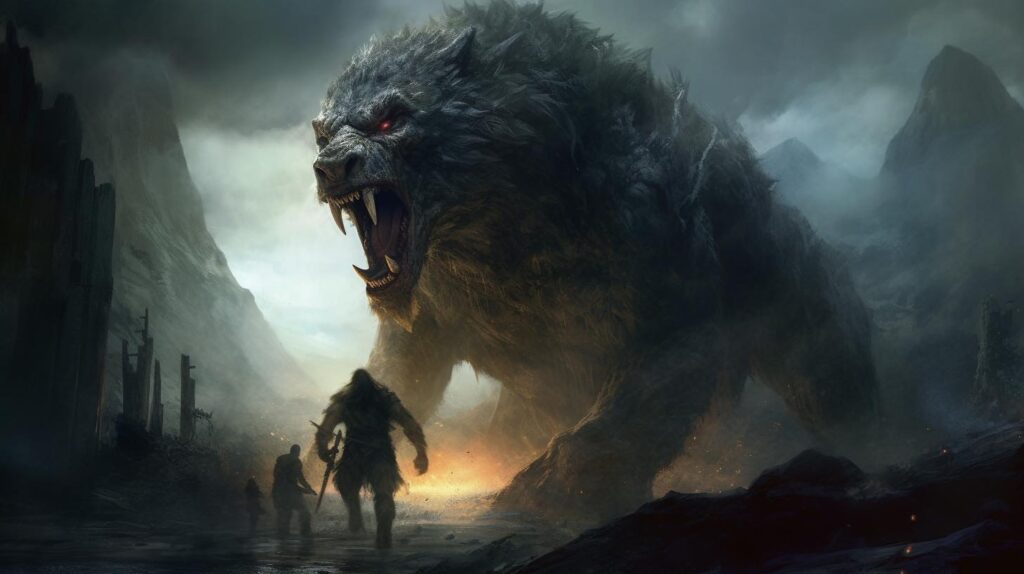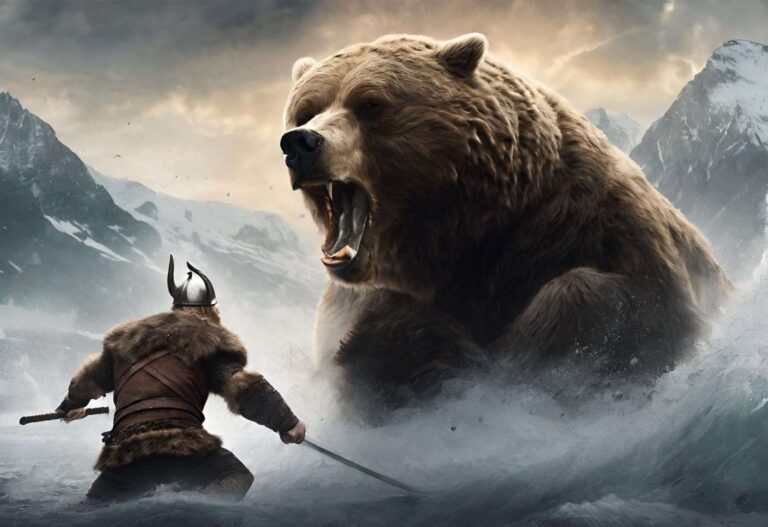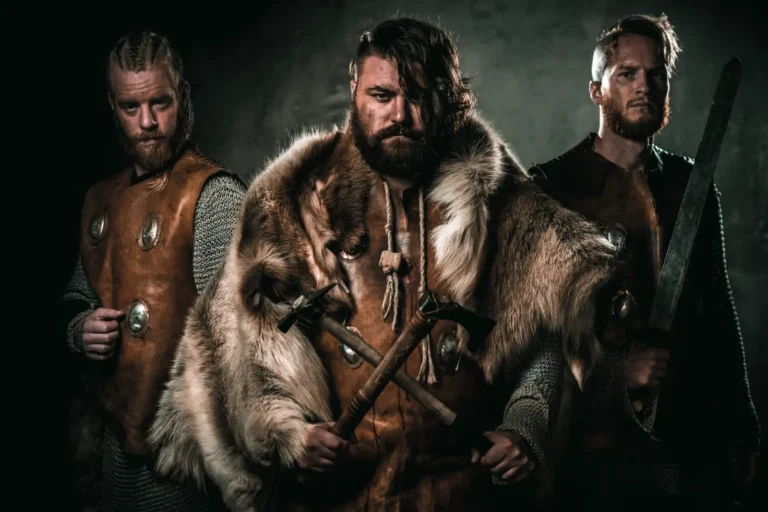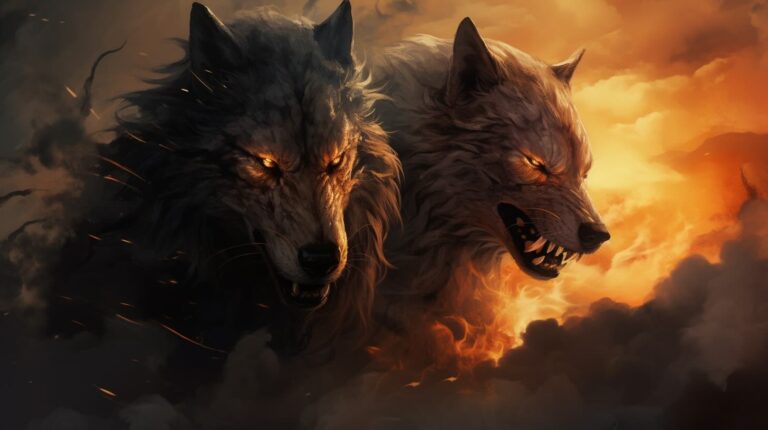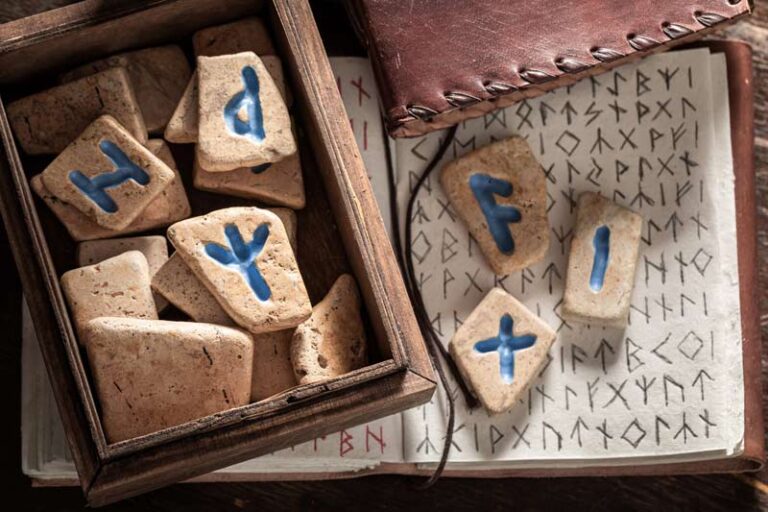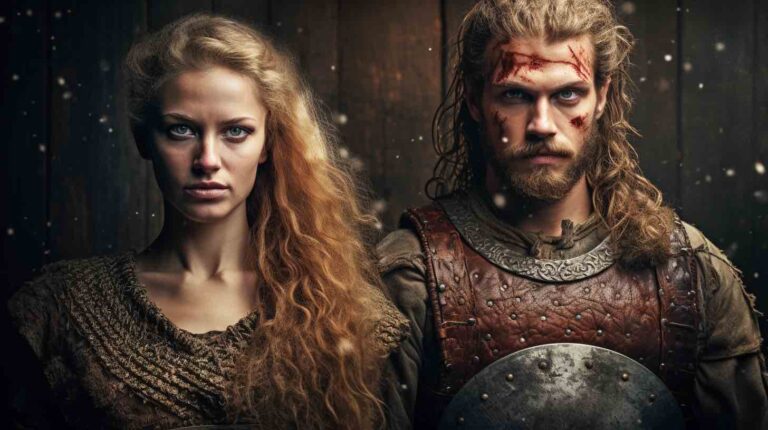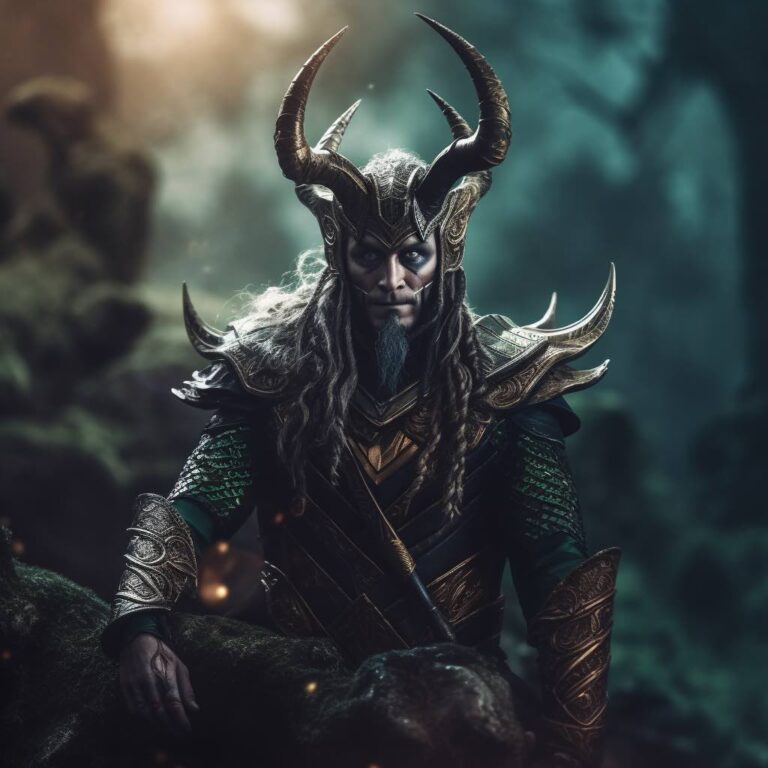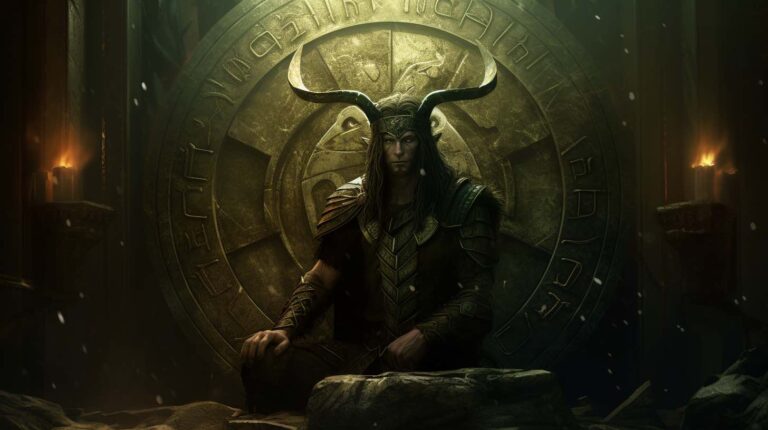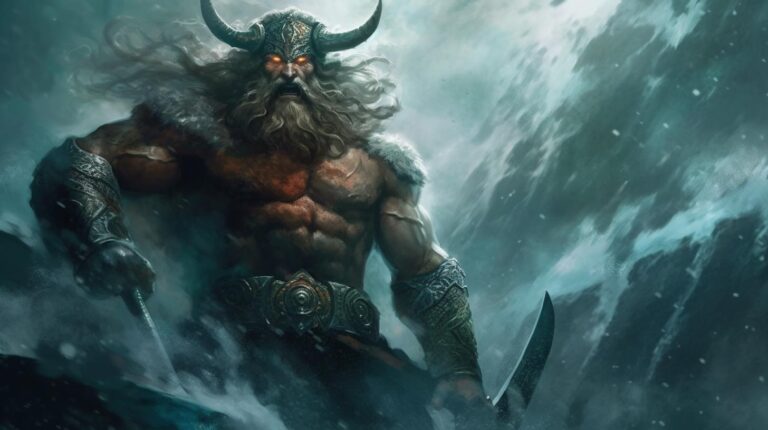Few characters in the world of Norse mythology inspire as much dread as the giant wolf Fenrir. Throughout Norse mythology, Fenrir represents the brutal forces of nature and symbolizes chaos and destruction. This in-depth article will tell you about Fenrir’s background, delve into the enthralling myths that surround this ferocious wolf, and reveal the crucial part that Fenrir plays in the catastrophic event known as Ragnarok.
Who is Fenrir?
The trickster god Loki marries the giantess Angrboda, and the result is the creation of Fenrir, a monster of exceptional strength and ferocity. The gods of Asgard were alarmed and disturbed by Fenrir’s exponential growth in size and strength from an early age. The gods wanted to restrict Fenrir’s strength by raising him within their realm. The reason for this were the prophecies that predicted his participation in Ragnarok.
The birth and early years of Fenrir were described in Norse mythology as being full of awe and dread. The gods soon became aware of his menacing presence and his potential, and understood the necessity to restrain his growing power. In an effort to keep Fenrir under the careful eye of the gods, Odin, the All-Father, made the decision to transport him to Asgard. The fate of the gods and Fenrir himself changed after the wolf arrived in Asgard.
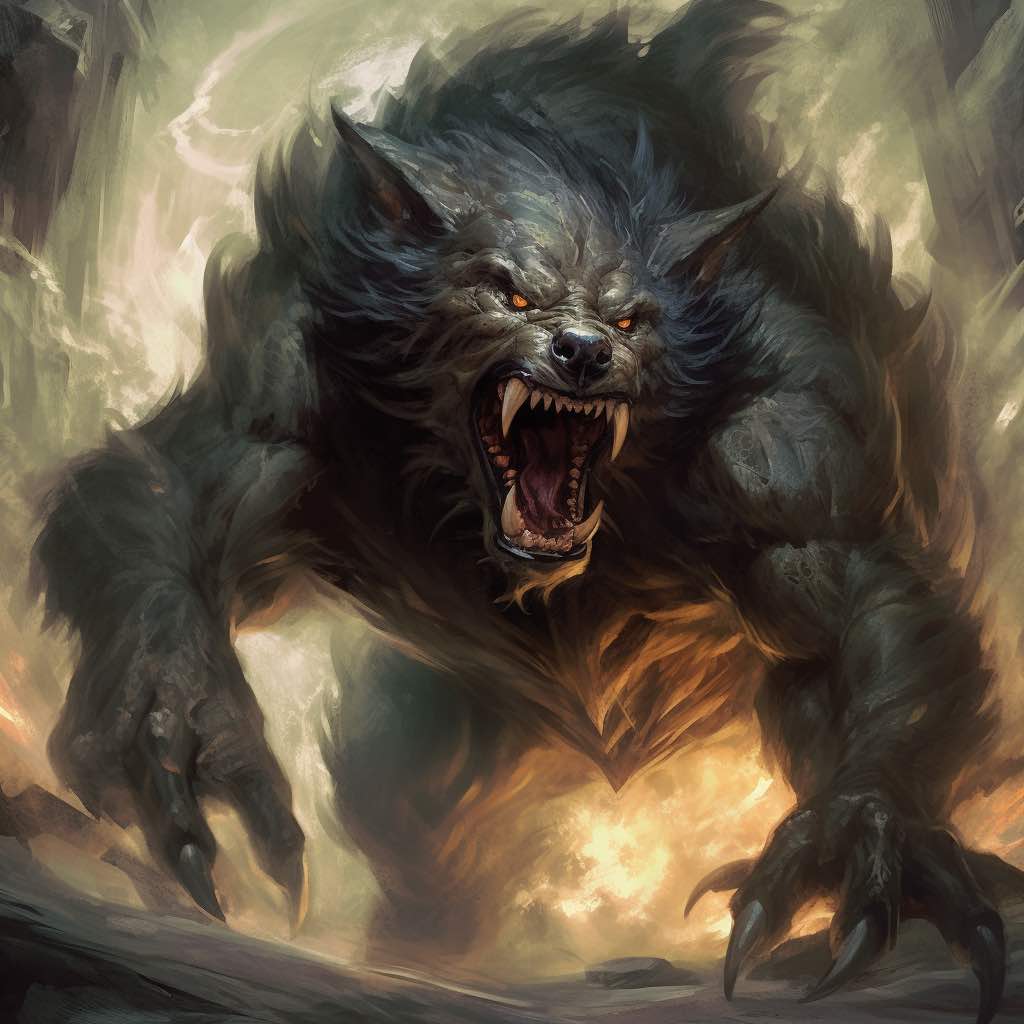
The story of Fenrir in Norse Mythology
The mythological story of Fenrir spins a web of chaos and disaster. Fenrir’s powers grew too great to control. Therefor, the gods tried to bind Fenrir multiple times, each time using a chain that was more and more powerful. However, the gods led Fenrir to believe they were just testing his strenght. Each time, Fenrir quickly managed to escape. This left the gods scrambling to find a solution for their situation. At their final attempt, the dwarves created Gleipnir. Gleipnir was a delicate ribbon infused with powerful enchantments. Fenrir agreed to be tied only if one of the gods put their hand in his mouth as a sign of confidence, since he was suspicious of the gods’ motives. Tyr, the god of war, provided the sacrifice and lost his hand during this event. Fenrir then waits for Ragnarok while being bound by Gleipnir, where he will take center stage in the decisive event.

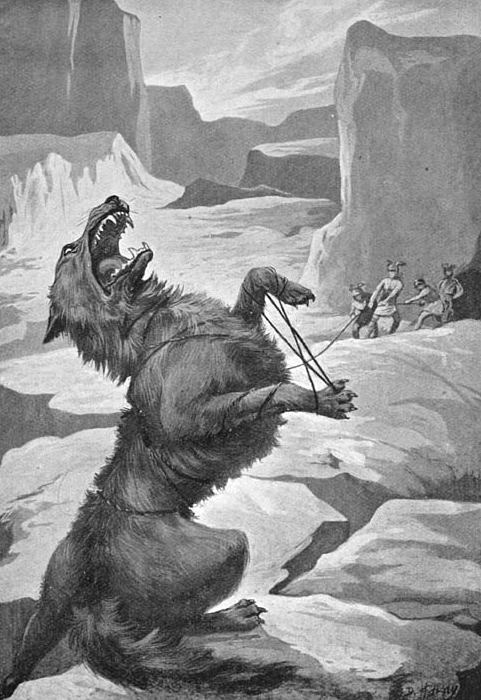
Within Norse mythology, the tale of Fenrir’s tying has profound symbolic significance. It symbolizes the gods’ battle to control the elements of chaos and their recognition of Fenrir’s indomitable strength. They are aware that some forces cannot be controlled, and that their efforts will only delay the inevitable conflict between Fenrir and the gods.
Fenrir in Ragnarok
Norse mythology is tainted by Ragnarok, a catastrophic event. After being freed from his chains, Fenrir exhibits incredible rage and causes destruction among the gods and everything in his path. Fenrir, who commands an army of monster creatures in a war against the gods, dominates the field with his tremendous strength. In this battle, the world is destroyed between the forces of chaos and order. This marks the end of an era and the beginning of a new one.
Fenrir plays a crucial part in determining the outcome of Ragnarok. His hunger for destruction has a profound impact on the mythological landscape. Fenrir approaches the god Odin as the conflict continues, eventually devouring him. The All-Father’s consumption cemented Fenrir’s reputation as a powerful force capable of opposing the gods.
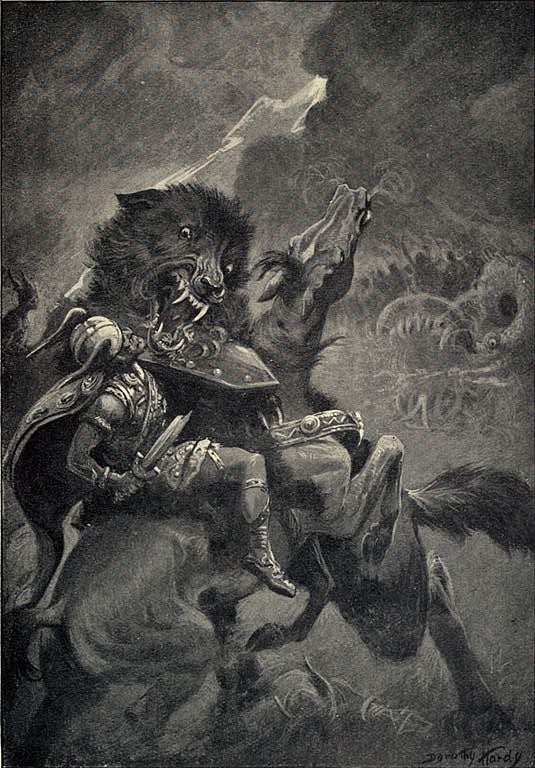
Symbolism of Fenrir the wolf God
Fenrir, the wolf god, represents the untamed elements of nature and the fundamental forces that shape the universe. He represents the inherent risks and unpredictable aspects of the natural environment with his aggressiveness, strength, and temperament. Fenrir serves as a symbol of the fleeting and ever-changing aspect of existence, serving as a reminder of the delicate balance between order and chaos. He represents the ongoing conflict between the forces of creation and destruction in Norse mythology.
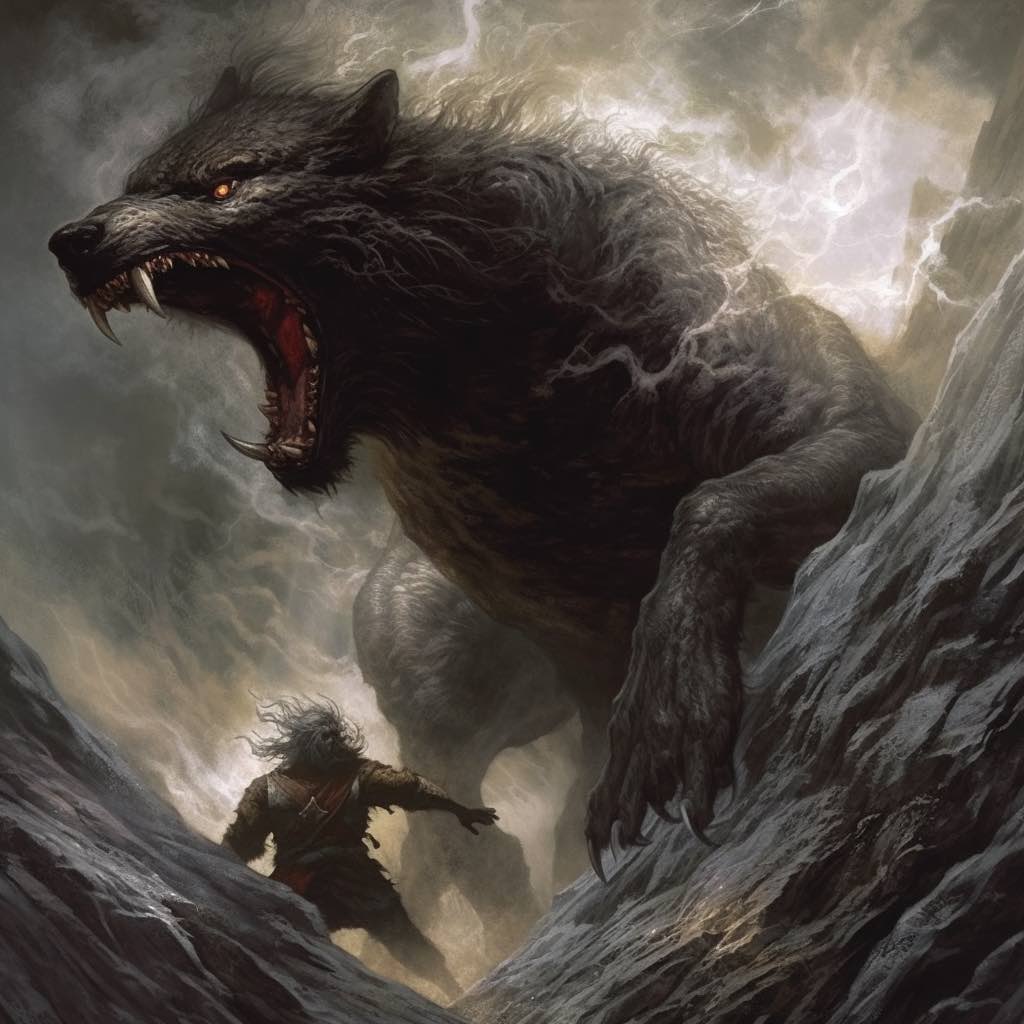
Fenrir’s legacy in Norse Mythology
The legacy of Fenrir goes beyond the legends of his terrifying strength and participation in Ragnarok. His experience serves as a warning on the effects of repressing and misjudging uncontrollable power. Fenrir is a representation of the boundaries of power, emphasizing the uselessness of attempting to tame something that is intrinsically untamed and wild. Fenrir, with his uncompromising attitude, serves as a warning that even the gods themselves are vulnerable to fate.
Conclusion of Fenrir the wolf of Norse Mythology
The terrifying wolf from Norse mythology known as Fenrir is a representation of incredible strength and chaos. His strength and ferocity are unrivaled, having been born of both divine and monstrous beginnings. The mythological stories about Fenrir inspire awe and amazement. However, they also provide significant insights about the essential essence of the cosmos and the conflict between order and chaos. The prominence of Fenrir as the wolf god, his participation in Ragnarok, and his bound all contribute to his enduring reputation in Norse mythology. Fenrir, a genuine personification of the untamed forces that make our world, cannot be ignored as we delve deeper into the rich tapestry of Norse mythology.
